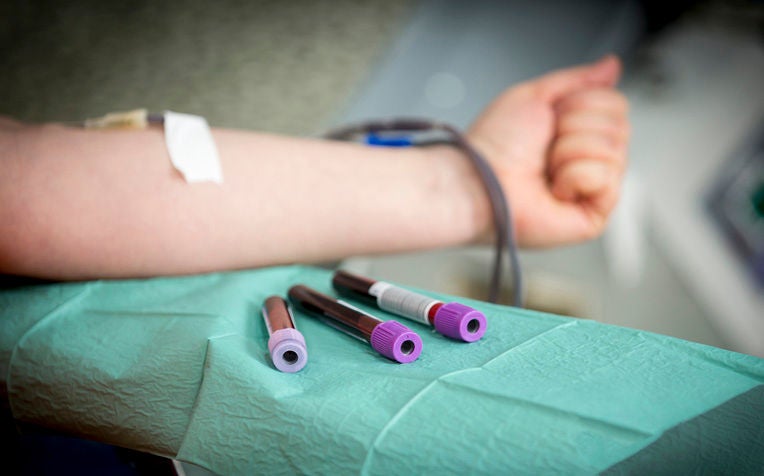HealthXchange will NEVER ask you to transfer money over a call. If in doubt, call the 24/7 ScamShield helpline at 1799, or visit the ScamShield website at www.scamshield.gov.sg.
Non-English translations are machine-generated; verify independently for
potential
inaccuracies.
Let us help you find what you're looking for.
Popular Searches
Non-Alcoholic Fatty Liver: What You Need to Know

Fatty liver has few symptoms until the advanced stages and an abnormal blood test result is just one of the ways of finding out.
Definition
Non-alcoholic fatty liver disease, commonly referred to as NAFLD, refers to a range of conditions caused by a build-up of fat in the liver (more than 5 per cent), that are not due to alcohol consumption.
How is fatty liver created?
The liver stores excess calories as fat for future use, such as in times of starvation.But when there is no opportunity for this extra energy to be used up (because of excessive eating), the fat is accumulated.
Overweight people who have metabolic syndrome – a combination of several diseases such as type 2 diabetes, obesity, hypertension and high cholesterol – and don’t metabolise their fat properly also tend to accumulate fat in their liver.
When does it become harmful?
The early stages of fat accumulation in the liver, or steatosis, are relatively harmless, but 40-60 per cent of patients could see their condition advance to the more serious non-alcoholic steatohepatitis (NASH), in which the liver becomes inflamed and scarred.
Of this group, 10-25 per cent could eventually have
cirrhosis, in which the liver becomes severely scarred and hardened. The
damage is permanent and can lead to liver failure and cancer.
Symptoms appear later
Fatty liver has few symptoms until the advanced stages, when cirrhosis has occurred, and is mostly discovered through an abnormal blood test result or an abnormal ultrasound scan finding.
If
signs of the disease are present, they are
usually general and vague, like tiredness, nausea, and discomfort over the right upper abdomen.
Increasingly, NAFLD is being found to affect people who are not overweight or obese.
Ref: N18
Contributed by
Related Articles
Conditions & Treatments
Public Events
26 Dec 2025
Public
Cardio Dance (Every Friday)
Free
Learn More
26 Dec 2025
Public
Zumba Gold (Every Friday)
Free
Learn More
30 Dec 2025
Talks
SKH Health Talk - Stay Ahead of Chronic Kidney Disease (CKD): Early Detection and Prevention
Free
Learn More
07 Jan - 26 Feb 2026
Programmes
KKH Antenatal Programme
1-Day Intensive Course KKH Patient: $306 Non-KKH Patient: $326; 4-Week Course KKH Patient: $240 Non-KKH Patient: $296
Learn More
Get the Health Buddy App
© 2025 SingHealth Group. All Rights Reserved.


















 Get it on Google Play
Get it on Google Play